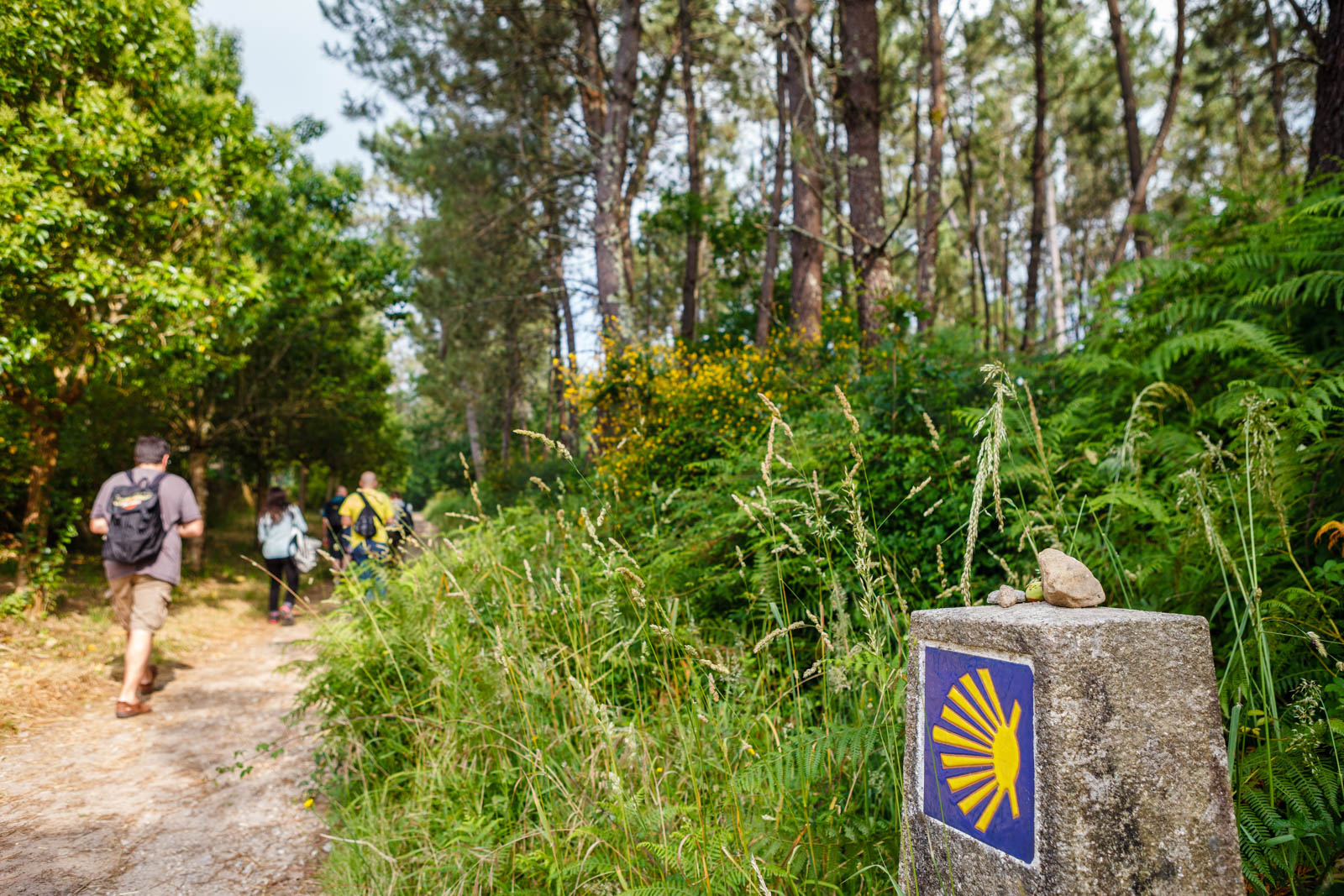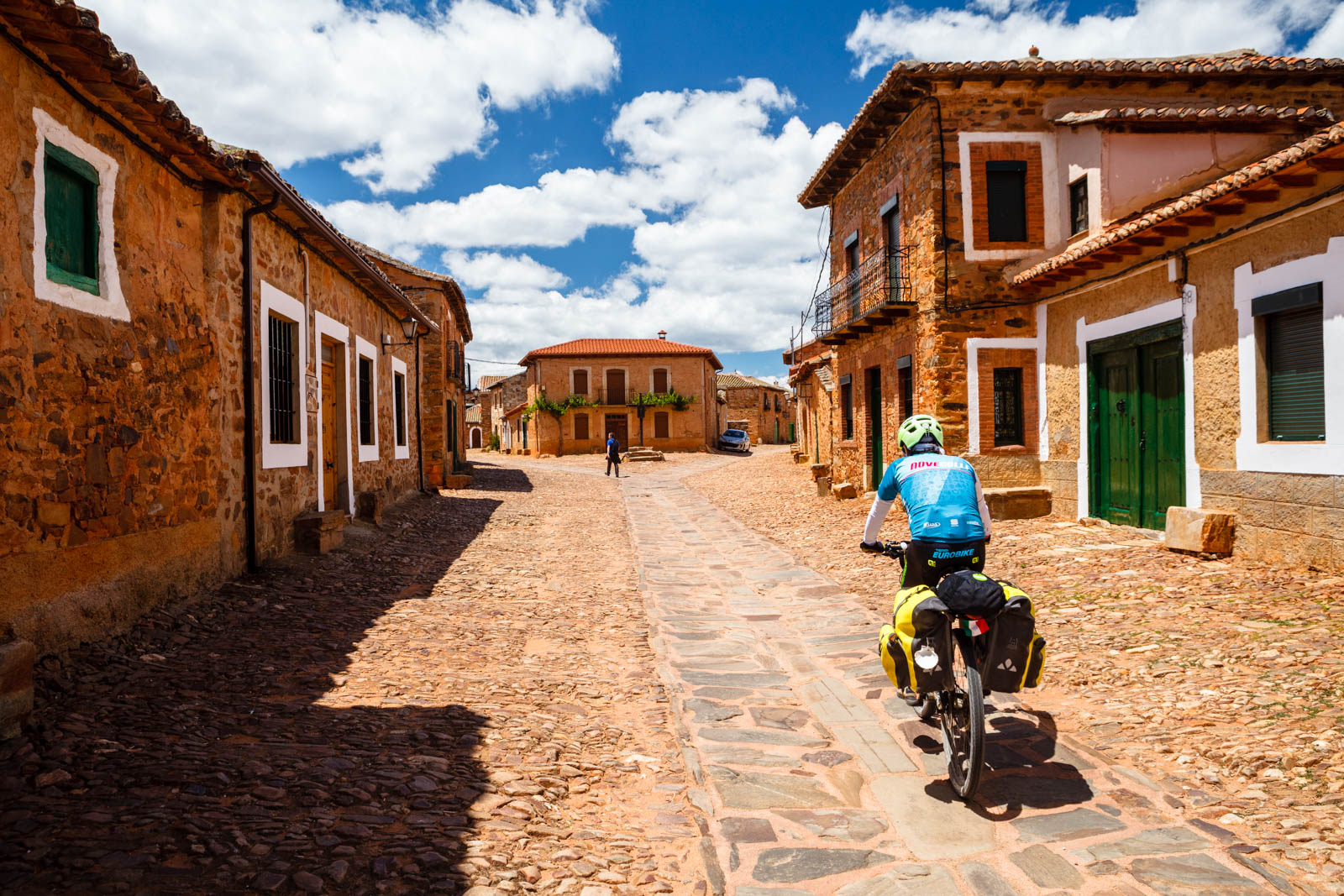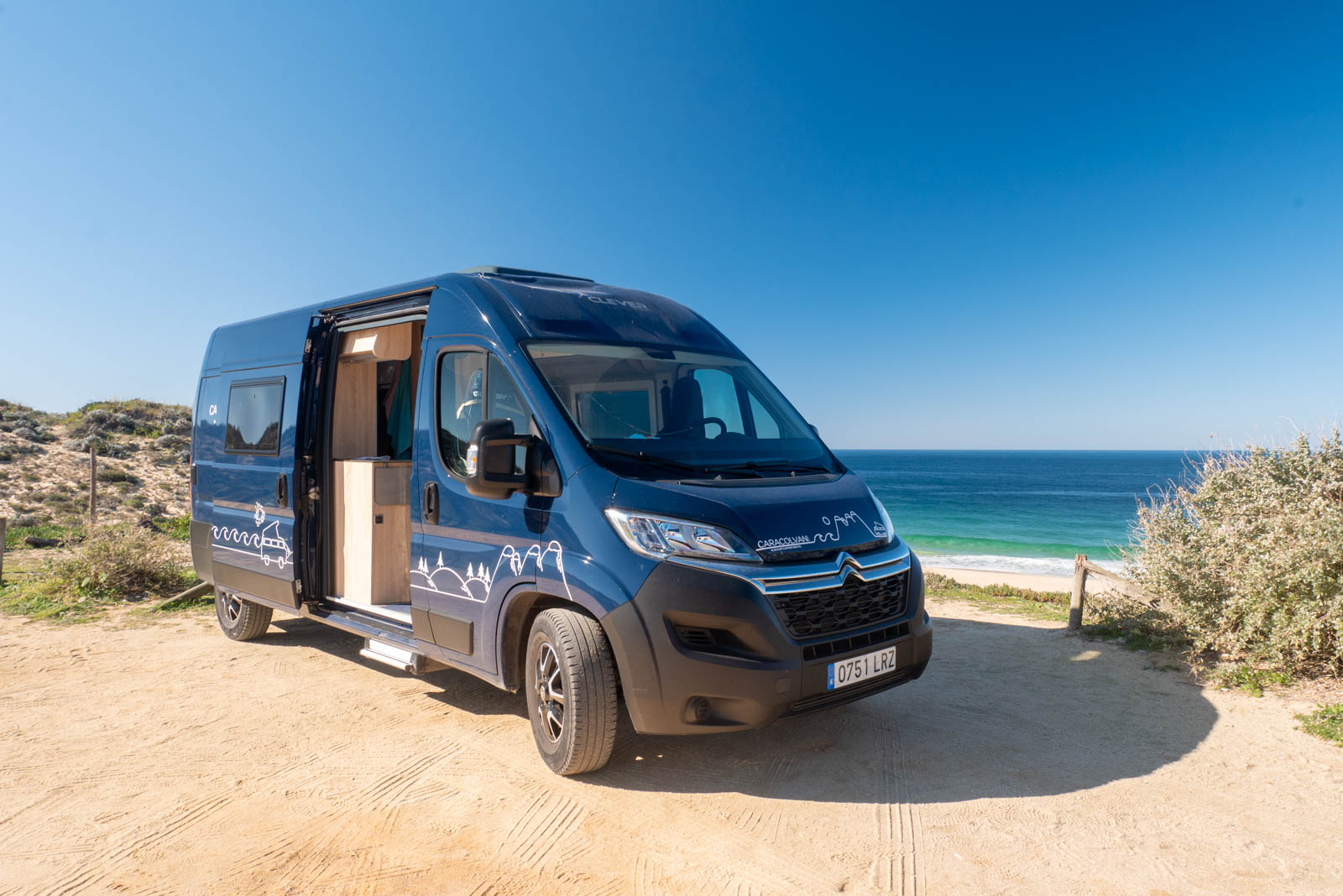There are as many ways to travel as there are travelers, although when it comes to sustainability, there are some things that can do to make your trip more respectful of the environment and the local communities.
In this article we are going to show you different ways of traveling, of course, in a sustainable way, and you will surely enjoy a lot because of how unusual they are. Of course, fun is assured, as well as visiting amazing places along the way.
Traveling by foot
As simple and economical as it sounds. You just have to take your backpack, go to the door and walk to your destination!
This, which may seem crazy, is not so much when you venture on a pilgrimage route such as the Camino de Santiago.
There are many people who travel to a town along the way and start the journey from there, following one of the most popular routes, such as the French, the Primitive or the northern one.
However, there are others who prefer to do the Camino from home. They only have to look for the route to Santiago de Compostela, see if it runs close to any registered itinerary of the Camino, and start walking.
Five, ten, twenty, sixty or even one hundred days, it all depends on you, the time you have available and the adventure you want to live. You will have unique experiences for sure, you will meet very interesting people and you will not pollute anything during your trip.
In addition to the Camino de Santiago, there are many other walking routes in Spain. For example, there are the official long-distance trails, such as the GR-7, from Andorra to Tarifa, 2,600 km long; the GR-11 or Transpirenaica, the demanding 820 km route that crosses the Pyrenees from Girona to Cape Higuer; or the picturesque camí de Cavalls or GR-223, 185 km long, that surrounds the entire island of Menorca.
And if we go abroad, in addition to all the nature routes that you can find, such as those that cross the mountain ranges of the Alps or the Norwegian fjords, there are a couple of very interesting routes for their cultural value, such as the Routes of St. Francis of Assisi, in Italy, routes that follow the steps of this religious man through different regions of Italy until reaching Rome; and the Kumano Kodo in Japan, the network of paths that follow the Shinto temples of the Kii peninsula, crossing some of the most beautiful places in the country.

Traveling by bicycle
After walking, the bicycle is the most ecological means of transportation that exists, since it's zero emissions. The routes you can make by bicycle are different from those you make walking, because you need tracks with a better surface, although you can travel many more kilometers per day.
According to many great travelers, the bicycle allows you to travel at the ideal speed. Neither as slowly as walking, which makes some days very long, nor as fast as by car or bus, where you can barely savor the scenery.
In addition, luggage weighs less on a bicycle than on foot thanks to the saddlebags, so you can afford some extra luxury, such as carrying your laptop or some extra clothes.
As for ideas of cycling routes, in Spain there are several that we have already seen for walking that can also be done on foot, such as the Transpirenaica or the Camino de Santiago.
Only for cycling there are some very interesting ones, such as the Empty Mountains, where its route is framed in the Serranía Celtibérica, within the triangle formed by the cities of Madrid, Barcelona and Valencia. 680 kilometers of trails and paths through the most unpopulated area of the whole country, ideal to go with your tent and sleep outdoors.
There are also the greenways, old railroad lines converted into cycling routes, one of the best options to visit picturesque places without suffering too much on the bike, as these routes usually have very little slope and are very well signposted.
In Europe there are some very pleasant cycling routes, such as the Loire Route, which follows the Loire River from its source in central France to its mouth in the Atlantic. There are more than 800 kilometers of castles, vineyards and all the French style. Or the Danube Route, which follows this famous river from its source in Germany to its mouth at the Black Sea. In all, it's 1,700 kilometers through Germany, Austria, Slovakia, Hungary, Croatia, Serbia, Romania and Bulgaria, as well as some of Europe's most beautiful cities.
And, of course, you can also design your own route, such as touring the entire Mediterranean coast from Valencia to Rome, or the Atlantic coast from San Sebastian to Lisbon, or making a grand tour of half of Europe, such as from your home to the North Cape, or from your home to Budapest.
It may sound crazy and physically demanding, but with good preparation and a lot of desire, it can be done.

Traveling in a Camper Van
After lockdown due to the Covid-19 pandemic, travel by motorhome or camper van has gained popularity because it allows you to go to natural places, where there is no other form of accommodation, and the independence to plan your own route.
You carry everything on your back, like a snail, so you don't need to make hotel reservations, worry about checking in at the stipulated time, or have a fixed itinerary. You improvise at all times.
Of course, when traveling in a camper van you have to respect the parking places, since in many beaches it is forbidden to stay overnight, having to go to places enabled for this purpose, such as campgrounds or certain parking lots.
The good thing is that, as the number of caravanners is increasing, more and more towns and cities are installing recharging and unloading points, as well as free parking. Undoubtedly a great idea to encourage this type of tourism.
This way of traveling is very sustainable, specially because you use little water, you usually travel with the maximum number of occupants, and you consume little more fuel than if you'd travel by car. In addition to the fact that you do not stay at hotels, reducing the impact on the environment.
It is undoubtedly a very interesting option for long journeys, especially in places with lots of nature and very few populations, such as the Highlands of Scotland or the fjords of Norway, allowing you to make the trip at your own pace.
If you want to try this way of traveling, a great option is to rent a campervan for a few days to tour the south of Portugal or any other area you want to know, so you can see if this traveling with the house on your back is for you.

These are some of the most sustainable ways to travel. Now it's up to you to decide if you want to try any of them and, above all, enjoy your trip while respecting the local communities and reducing your impact while traveling.








